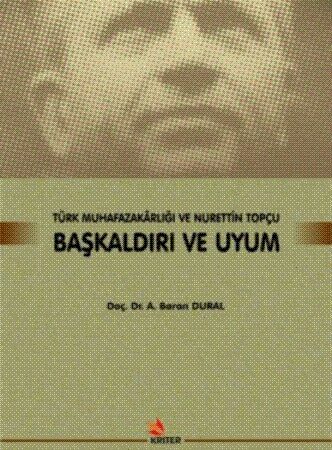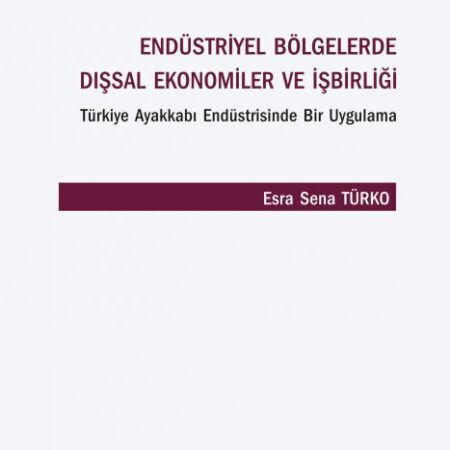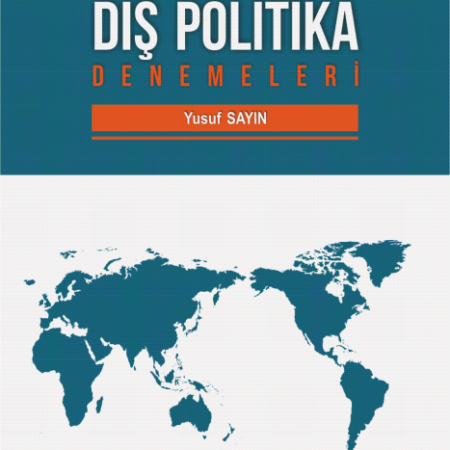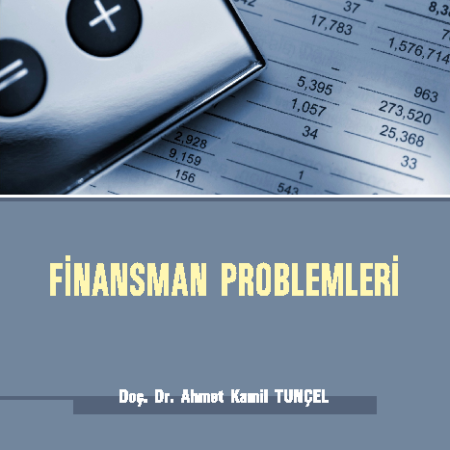Açıklama
In this book, we attempt to make a comparative evaluation of modern macroeconomic schools: Monetarism and New Classical School based on the Classical System that envisage automatic full employment or natural rate of unemployment (NRU) equilibrium (AFNE or ANRUE) vs. New Keynesian and Post-Keynesian Economics based on the Keynesian System which gives unemployment equilibrium (UNE) or non-automatic NRU equilibrium (NANRUE) due to insufficiency of aggregate demand.
In order to determine which school is relevant, first the basic assumptions of these systems are compared: i) rational vs. adjusted vs. heterogeneous expectations, ii) existence of perfect competition in all markets leading to flexibility of prices and wages vs. imperfect competition giving rise to rigidities, and iii) presence or lack of coordination between markets.
In the final phase of our evaluations the performance of the developed economies are surveyed to establish whether we meet with AFNE or ANRUE or else UNE or NANRUE; and whether policy prescriptions devised by respective schools solve or alleviate the problem at hand when implemented.
Our investigations point out that New Keynesian and Post-Keynesian schools are more relevant compared to Monetarism and New Classical School. The choice between New Keynesian and Post-Keynesian Economics, however, is more difficult to make although New Keynesian Economics seems more widespread than Post-Keynesian Economics. Objectively, Post-Keynesian assumptions seem more realistic; normatively, however, New Keynesian stands seems more fit to the present day move towards globalization.






Değerlendirmeler
Henüz değerlendirme yapılmadı.